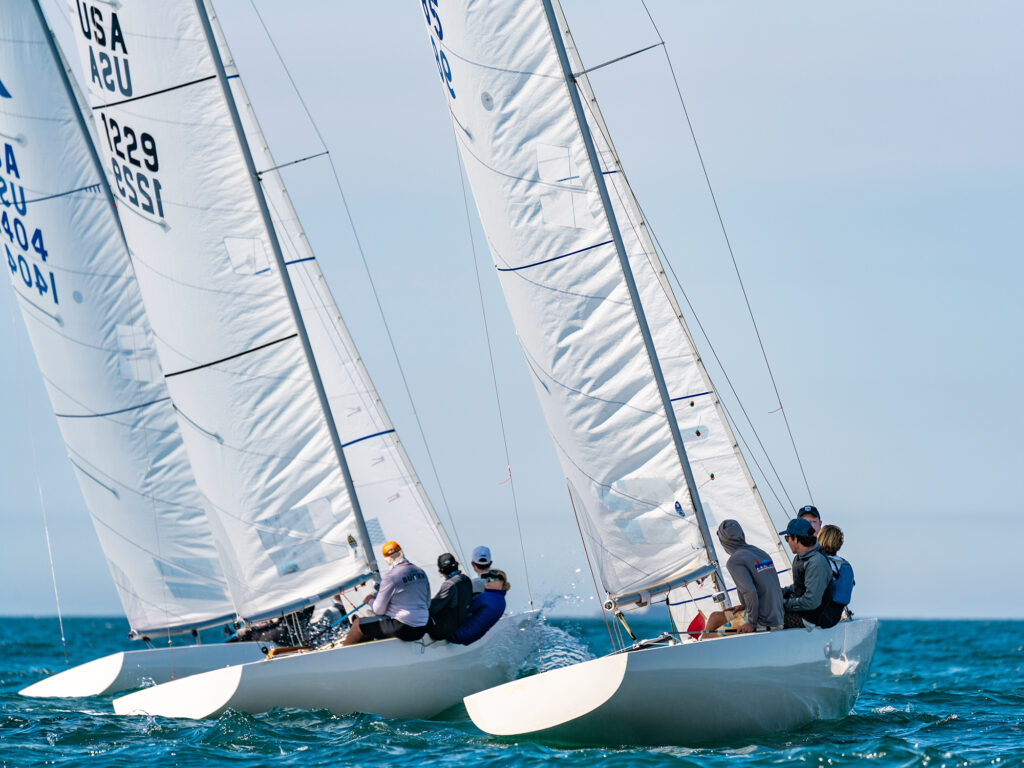
How to Mode For Upwind Speed
The best sailors and the ones winning regattas shift gears more than you might imagine.

The best sailors and the ones winning regattas shift gears more than you might imagine.
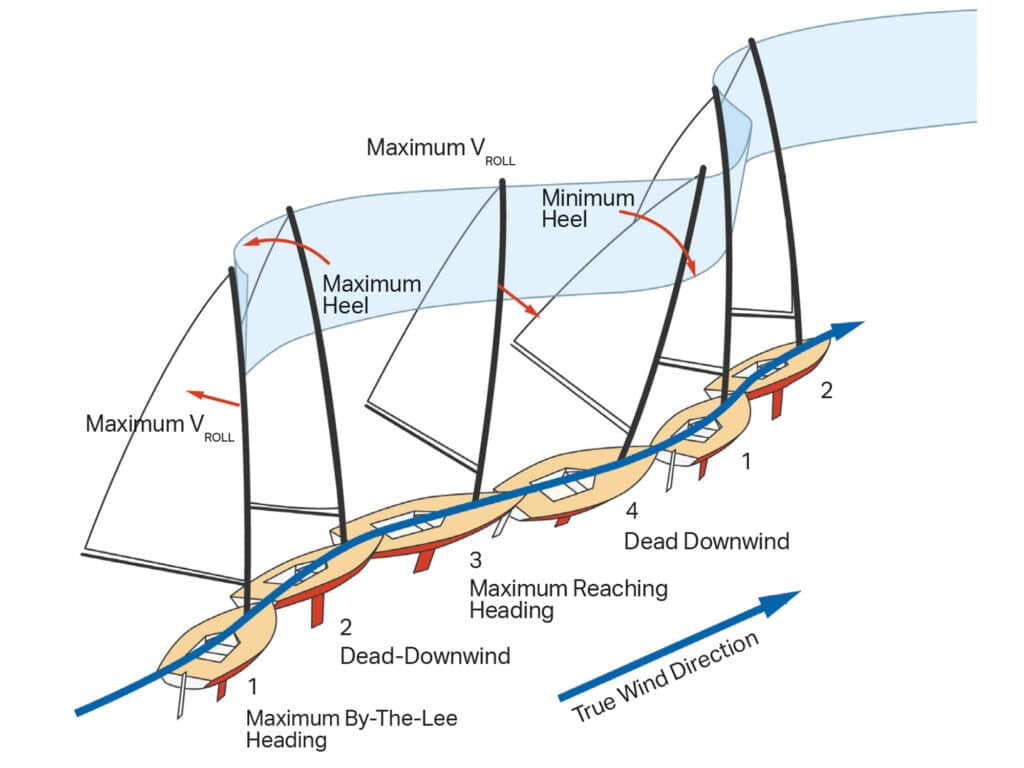
A few scientific sailing minds delve into the forces at play when it comes to these common boathandling techniques.

Monitoring and communicating your relative performance in a sailboat race is essential intelligence for your skipper and the speed team.

Want to be the best crew you can be? It’s easy and starts with a positive attitude and a commitment to improving.

High mode, low mode or somewhere in between, there’s a faster way to get to the mark first. The key is shifting into the right mode at the right time.
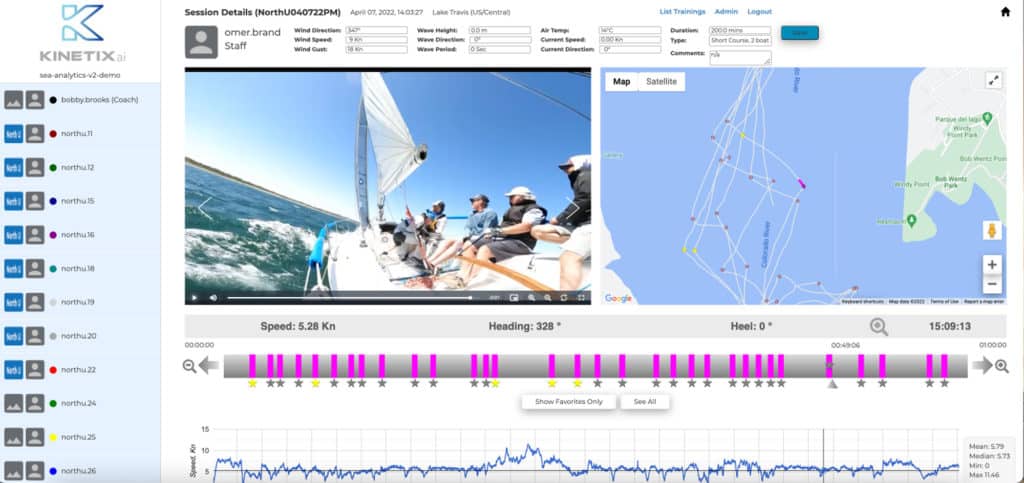
Your onboard sailing video can be more than sizzle-reel stuff for your social media feeds. You can also use it to eliminate any uncertainty about why and when you’re slow—or better yet, fast and winning races.
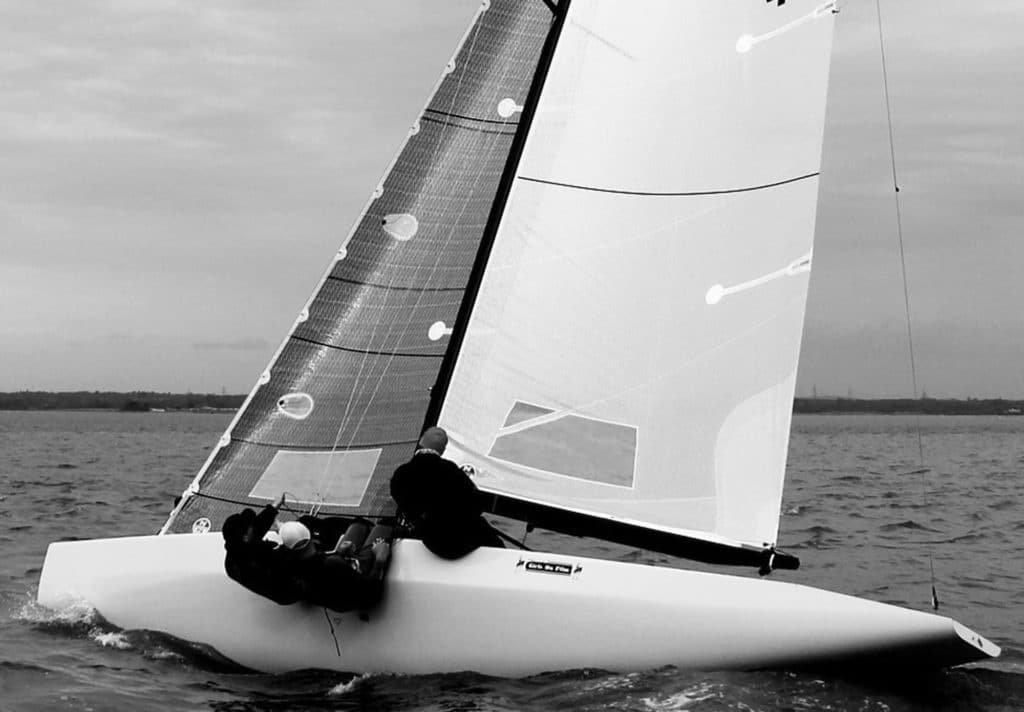
Andrew Palfrey explains the primary function of key controls in a way that applies to a broad range of boats, using the build of two International 5.5 Metre Class yachts in Cowes, UK, to help illustrate his points.
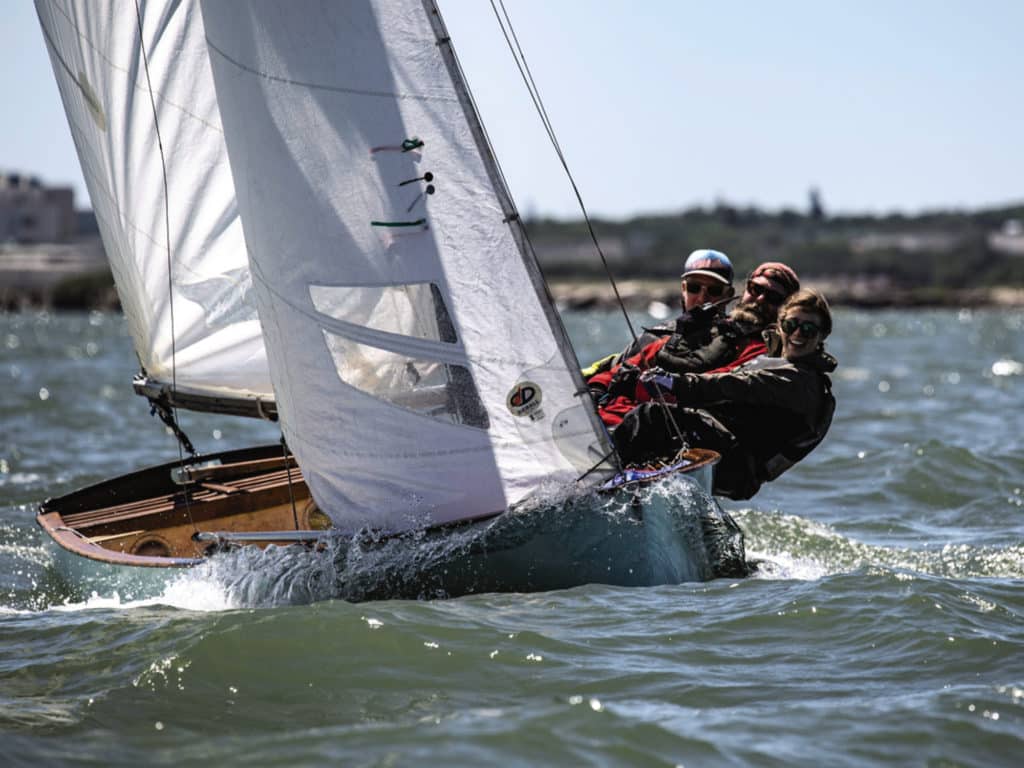
As the wind strength changes, so too should your steering technique, with focus being on speed and heel angle.
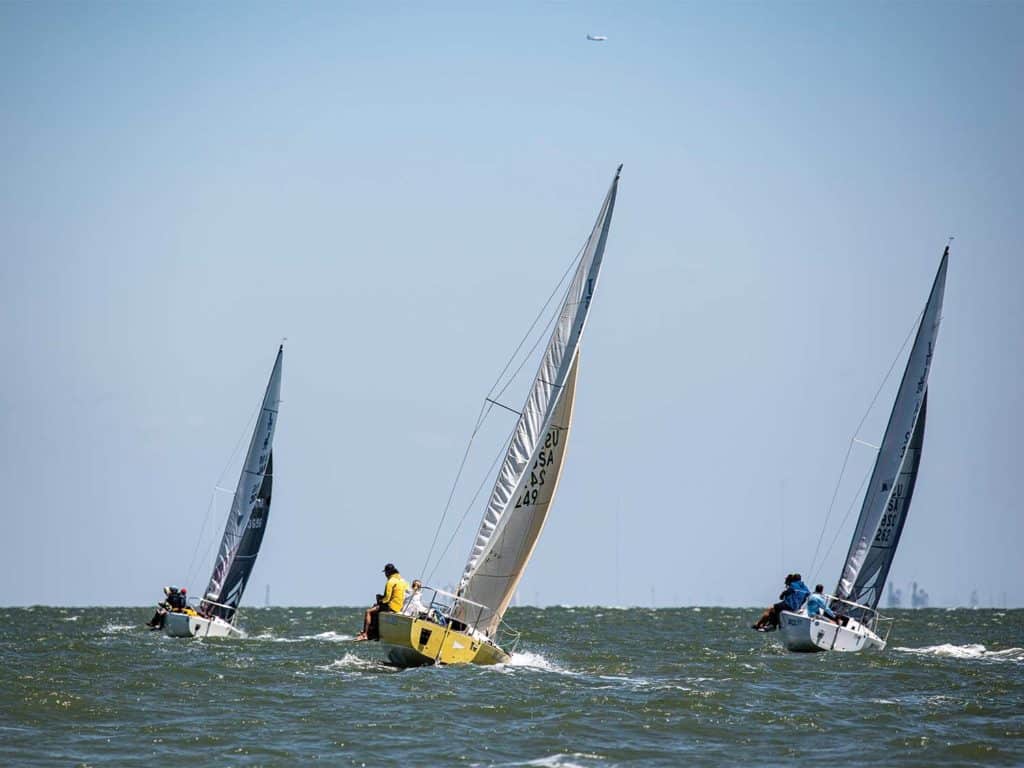
Where there is wind, there is speed, so the goal of the wind spotter is to look for clues on the water and above.

Clean air and a fast angle are key to a well executed downwind finish when racing with an asymmetric spinnaker.

Boatspeed is all a matter of balance, says former editor Bruce Kirby, who provides the essentials to achieving the right balance with simple adjustments. From One-Design and Offshore Yachtsman’s, September 1971.

Bill Gladstone explains the techniques of sailing fast in choppy waters. From Sailing World, September 2001.

The best sailors and the ones winning regattas shift gears more than you might imagine.

A few scientific sailing minds delve into the forces at play when it comes to these common boathandling techniques.

Monitoring and communicating your relative performance in a sailboat race is essential intelligence for your skipper and the speed team.

Want to be the best crew you can be? It’s easy and starts with a positive attitude and a commitment to improving.

High mode, low mode or somewhere in between, there’s a faster way to get to the mark first. The key is shifting into the right mode at the right time.

Your onboard sailing video can be more than sizzle-reel stuff for your social media feeds. You can also use it to eliminate any uncertainty about why and when you’re slow—or better yet, fast and winning races.

Andrew Palfrey explains the primary function of key controls in a way that applies to a broad range of boats, using the build of two International 5.5 Metre Class yachts in Cowes, UK, to help illustrate his points.

As the wind strength changes, so too should your steering technique, with focus being on speed and heel angle.

Where there is wind, there is speed, so the goal of the wind spotter is to look for clues on the water and above.

Clean air and a fast angle are key to a well executed downwind finish when racing with an asymmetric spinnaker.

Boatspeed is all a matter of balance, says former editor Bruce Kirby, who provides the essentials to achieving the right balance with simple adjustments. From One-Design and Offshore Yachtsman’s, September 1971.

Bill Gladstone explains the techniques of sailing fast in choppy waters. From Sailing World, September 2001.
Sign up for Sailing World emails to receive features on travel destinations, event listings and product reviews as well as special offers on behalf of Sailing World’s partners.
By signing up you agree to receive communications from Sailing World and select partners in accordance with our Privacy Policy. You may opt out of email messages/withdraw consent at any time.